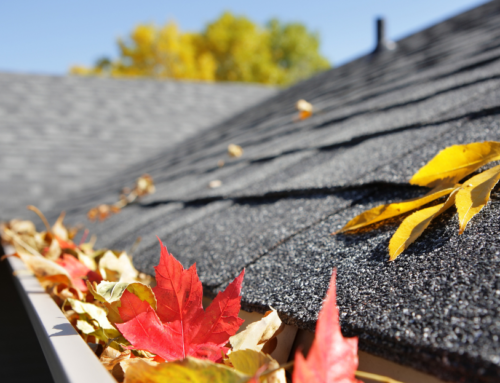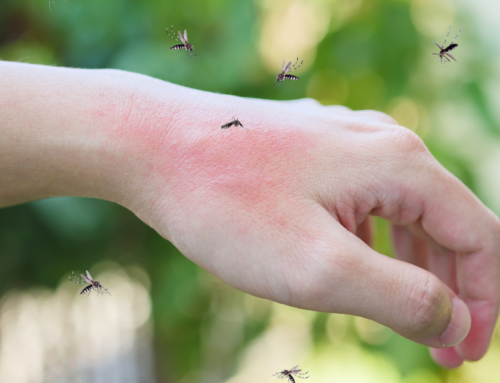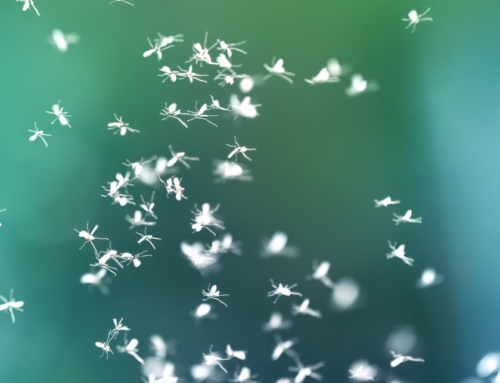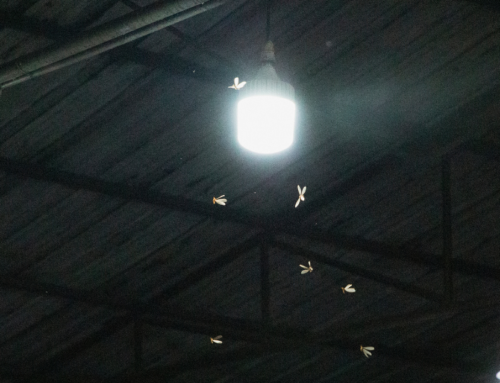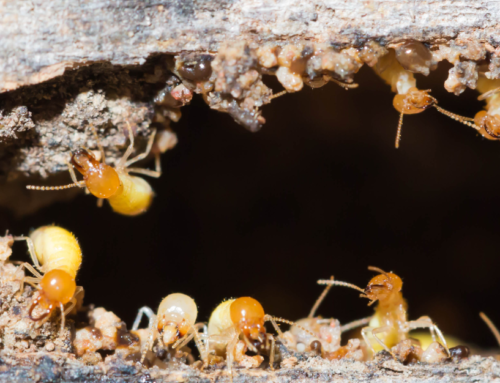Welcome to the heart of Texas, where the warm climate brings not only sunny days but also a buzzing battle between two common flying insects: crane flies and mosquitoes. As we enter the spring season, we often see the temperatures fluctuate from cold to warm and begin to see beautiful 80-degree days again. With this temperature change, pests will awaken and become more active. One particular pest is the crane fly. Although crane flies resemble the common mosquito, the saying “everything is bigger in Texas” does not apply here. In this blog, we will discuss crane fly season in Austin and explore the differences between these winged pests and mosquitoes.
Crane Fly Season in Austin
As spring unfolds and temperatures rise, Austin residents may notice an uptick in crane fly activity. Typically, crane fly season spans from late spring to early fall, with peak activity occurring in the warm summer months, but if you are an Austin and surrounding area native, you should already start to see them making an appearance.
Crane Flies vs Mosquitoes
Let’s clear up the confusion between crane flies and mosquitoes. While both insects share the same habitat in warm and wet climates and look the same at first glance, their differences are notable. Crane flies, often mistaken for oversized mosquitoes, are harmless to humans and lack the blood-sucking habits of their smaller counterparts.
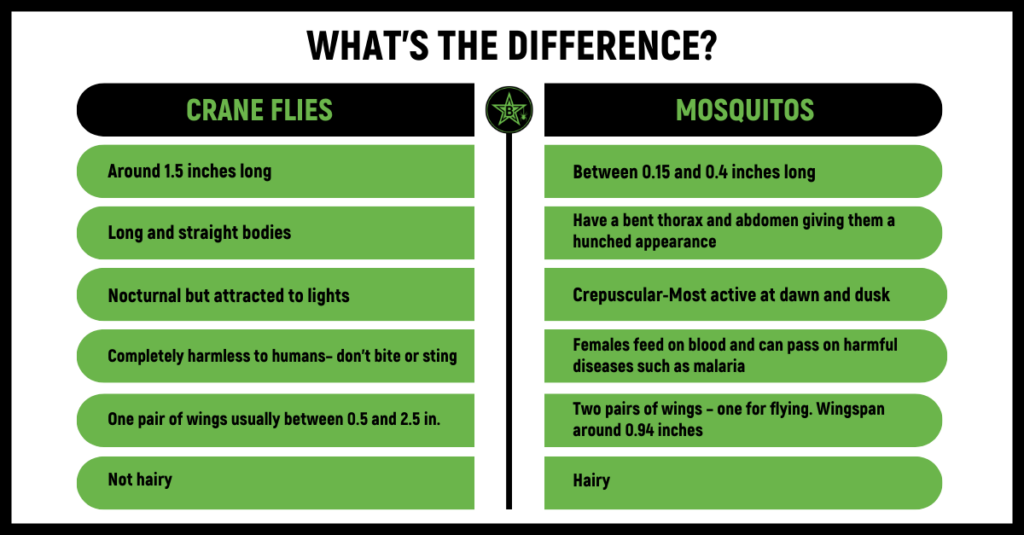
Life Cycle of the Crane Fly
While crane flies do not threaten humans, livestock, or pets like mosquitoes, they can cause considerable damage to grass, leaving it yellow, thinning, or bare. Understanding the life cycle of crane flies is crucial for effective pest management in your area.
Like all true flies, the crane fly undergoes complete metamorphosis, progressing through four distinct stages: eggs, larva, pupa, and adult. A female crane fly deposits up to 300 eggs in the ground, which hatch within two weeks.
These insects are attracted to moist, vegetative outdoor habitats and may be spotted on external walls and window screens. They lay their eggs in moist soil, and when the larvae emerge, they feed on grass roots, decaying organic matter, wood, vegetation, and turf. Adult crane flies, though short-lived and not feeding, can become a significant pest to turf, pasture grass, golf courses, and field crops due to their uncontrollable larvae.
The hatched larvae attract additional pests like skunks, birds, and raccoons, which may dig up the ground to feed on them.
Pest Control Strategies
To address a crane fly infestation, controlling their larvae while maintaining a healthy and vibrant turf or lawn and ensuring proper drainage to keep the soil dry and aerated is crucial. This proactive approach can deter crane flies from making your property their breeding ground.
The most effective strategy to prevent an infestation is hiring a professional exterminator like Brockstar Pest Services. We possess the knowledge and experience to implement a targeted approach. We can accurately assess the extent of the crane fly infestation, identify specific areas of concern, and tailor treatment methods accordingly. This ensures a more efficient and effective eradication of both larvae and adult crane flies.
Contact an Austin-Based Pest Control Expert Today!
As the buzzing battle rages on in Austin, knowledge becomes your most potent weapon. With an understanding of crane fly season, a clear distinction between crane flies and mosquitoes, and insight into their life cycle, you can take control of your living environment. Stay informed, stay proactive, and reclaim your space from the buzzing pests that share the Texas skies. Contact BrockStar Pest Services, today!


